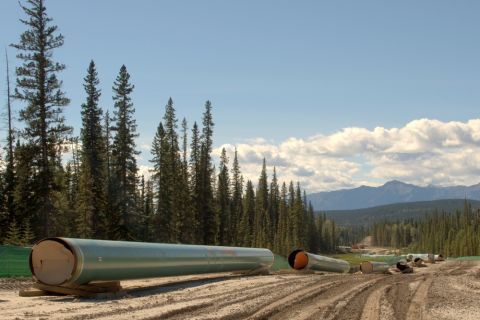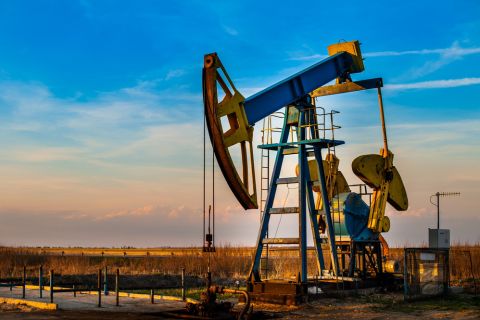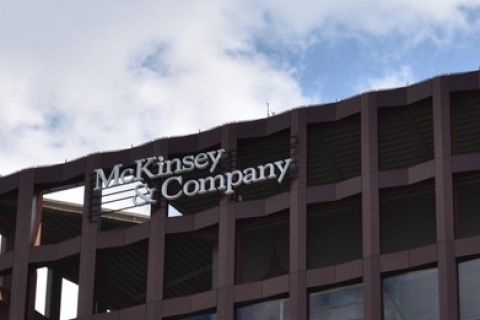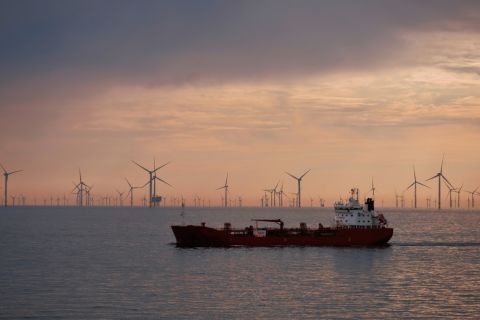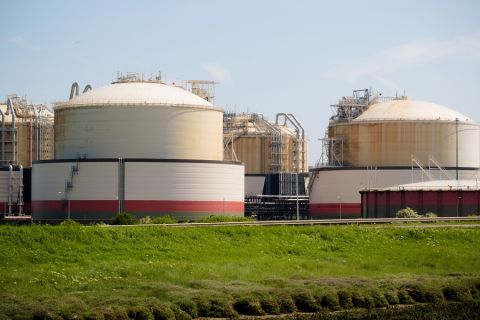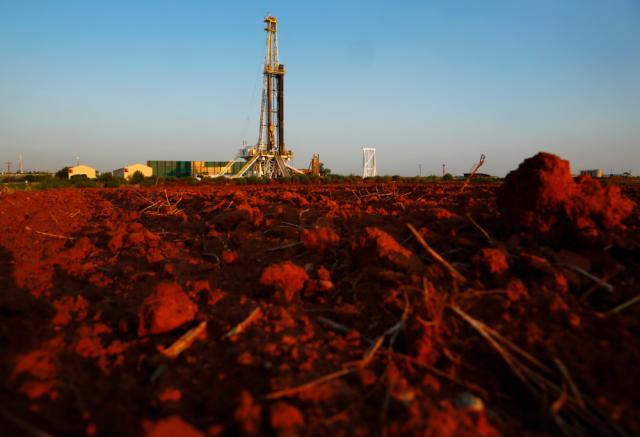
Devon Energy’s Anadarko Basin position is located primarily in Oklahoma’s Canadian, Kingfisher and Blaine counties and is one of the largest in the industry. The company’s operations are currently focused in the oil-prone Meramec and the liquids-rich Cana-Woodford Shale. (Source: Hart Energy)
OKLAHOMA CITY—Devon Energy Corp. aims to use its Anadarko Basin position to fuel a robust cash return model and establish the company as an industry leader in promoting ESG.
“The Anadarko Basin is making a comeback,” said Aaron Ketter, a vice president at Devon Energy, during a keynote address at Hart Energy’s DUG Midcontinent conference and exhibition on March 2.
“Rig count’s up roughly 180%, productivity per rig is up,” continued Ketter, who oversees Devon’s Midcontinent and South Texas business unit. “It’s driven by technology improvements, longer laterals optimized completions. We're very excited about the Anadarko Basin. While others are getting reacquainted with this basin, we’ve been here, and we plan to continue to be here, and we plan to follow through on the 300,000 net acres that we have in this basis.”
Devon’s cash return model, which comprises five core components—moderate growth, reduced investment rates, low leverage, fixed-plus-variable dividends and ESG excellence—is being applied to its Anadarko Basin position, which generated $550 million free cash flow by itself in 2021.
In 2022, the Oklahoma City-based independent E&P company aims to spud 45 new wells in the Midcontinent, as well as produce a total of 600,000 boe/d across its five basins of operation that also include positions in the Eagle Ford Shale, Permian, Powder River and Williston basins.
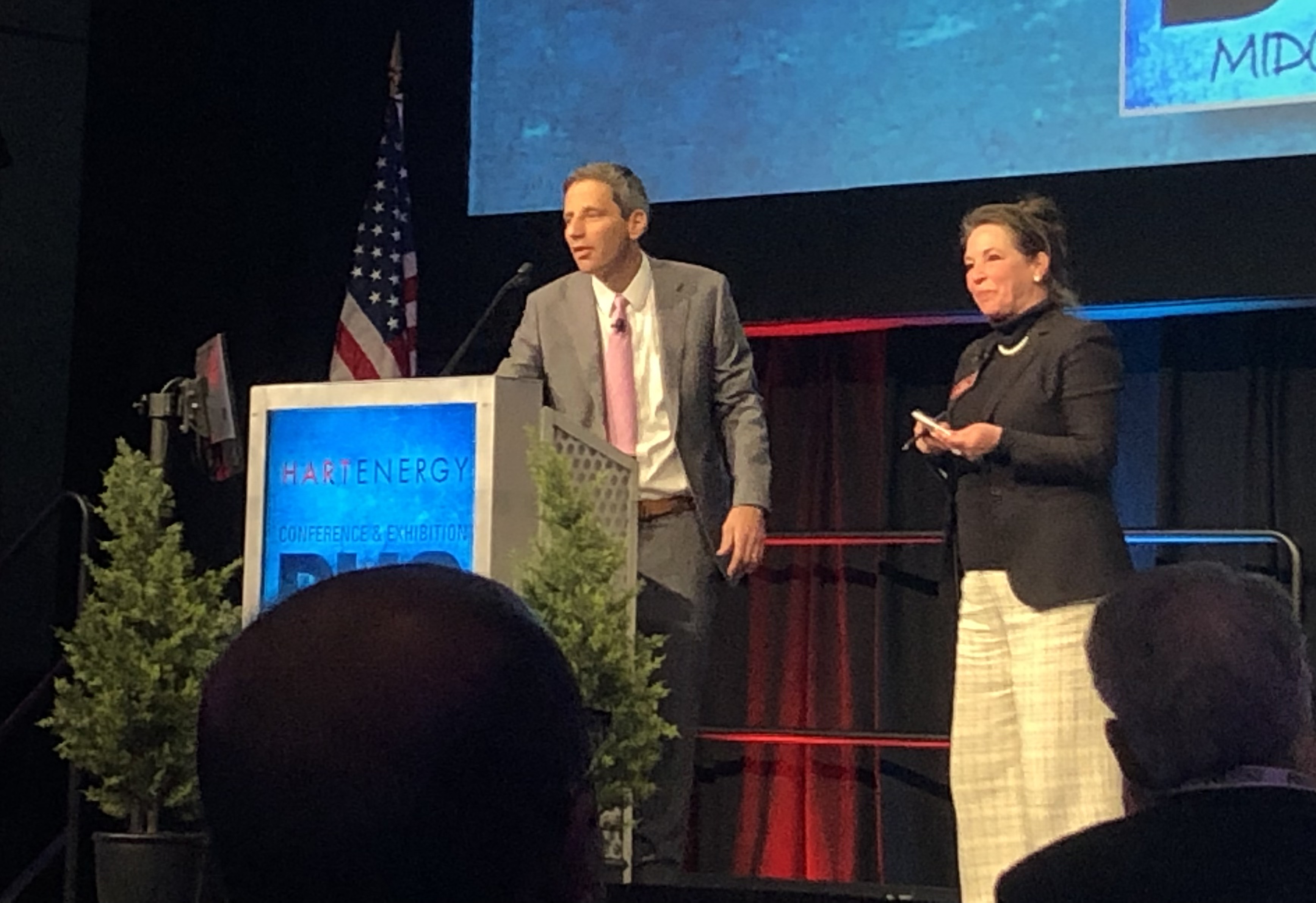
To apply technology in the Anadarko Basin, Ketter said Devon is implementing three strategies:
- Testing a wide range of technologies for “reliability, accuracy and frequency”;
- Factoring in how new information impacts decisions in the field and flow into the decision support center; and
- Integrating new technologies with existing analytics and apps.

“At Devon, we like to think about technology as a long-term game,” he said. “Consistent capital allocation has been a cornerstone of this. It’s not new, we've been doing in this for decades. It’s underpinned with standardization, trust and access to data. That takes years to get to that point. This allows different teams to make it actionable for their unique purposes.”
According to Ketter, both the company’s technology and field teams, as well as its vendors, are striving to make “continuous improvements” toward net-zero. At this point in time, that means a heavy emphasis on emissions monitoring, with three different sensors—a fixed camera monitor, long-range laser network and aerial laser survey—to continuously catch detrimental carbon and methane emissions.
“We need to recognize as technology advances, the transition to observed emissions reporting and associated accountability will increase,” he said. “That’s going to be a step-change. We’re eyes wide open that we will have agencies and NGO [non-governmental organization] oversight. They will continue to utilize similar technology to us, to hold us in compliance, to provide research and to provide external reporting. We want to know where our leaks are as quick as possible, correct them as soon as possible and move into a preventive phase, methane fees and carbon tax.”
“To Devon, emissions are emissions. The leniency intolerance doesn’t change if you’re in one basin versus the other,” he added. “That’s our expectations. And when you see our emission targets, it’s [reflective of the] total company. So we can’t be successful if only the Midcontinent gets to net-zero and our other basins has different standards.”
Recommended Reading
Imperial Expects TMX to Tighten Differentials, Raise Heavy Crude Prices
2024-02-06 - Imperial Oil expects the completion of the Trans Mountain Pipeline expansion to tighten WCS and WTI light and heavy oil differentials and boost its access to more lucrative markets in 2024.
What's Affecting Oil Prices This Week? (Feb. 5, 2024)
2024-02-05 - Stratas Advisors says the U.S.’ response (so far) to the recent attack on U.S. troops has been measured without direct confrontation of Iran, which reduces the possibility of oil flows being disrupted.
McKinsey: US Output Hinges on E&P Capital Discipline, Permian Well Trends
2024-02-07 - U.S. oil production reached record levels to close out 2023. But the future of U.S. output hinges on E&P capital discipline and well-productivity trends in the Permian Basin, according to McKinsey & Co.
Veriten’s Arjun Murti: Oil, Gas Prospectors Need to Step Up—Again
2024-02-08 - Arjun Murti, a partner in investment and advisory firm Veriten, says U.S. shale provided 90% of global supply growth—but the industry needs to reinvent itself, again.
Venture Global, Grain LNG Ink Deal to Provide LNG to UK
2024-02-05 - Under the agreement, Venture Global will have the ability to access 3 million tonnes per annum of LNG storage and regasification capacity at the Isle of Grain LNG terminal.

